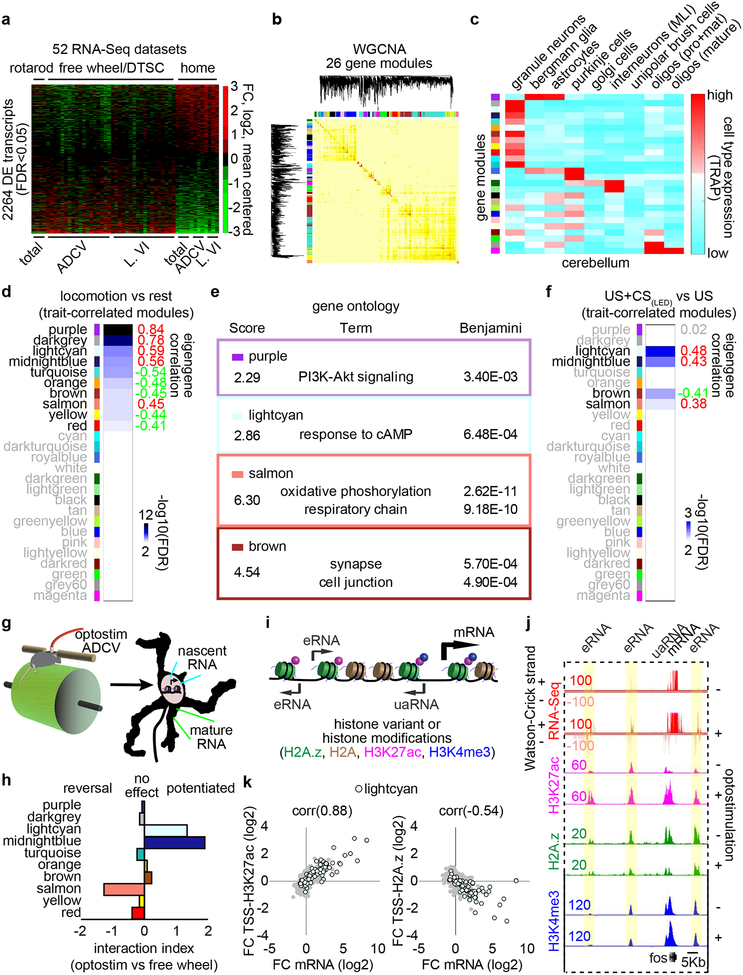Fig. 3. Sensorimotor stimulation triggers epigenetic regulation of cell type-enriched gene modules in the cerebellum in vivo.
(a) RNA from the cerebellum (total), ADCV, or lobule VI (L. VI) of adult mice undergoing forced rotarod locomotion, free wheel locomotion, delay tactile startle conditioning (DTSC), or homecage condition was subjected to RNA-Seq. A heatmap of significant differential gene expression induced by sensorimotor stimulation versus homecage condition (two-sided P-value from negative binomial distribution with Benjamini-Hochberg post-hoc test, n=52 biological samples, false discovery rate (FDR)<0.05, log2 mean centered). (b) Weighted gene co-expression network analysis (WGCNA) of the gene expression profiles in (a) and the heatmap of gene interconnectivity between modules. (c) Interrogation of gene modules identified in (b) using cell type-specific TRAP microarray data15. Molecular layer interneurons: MLI, progenitor: pro, mature: mat. (d) Correlation of the first principal component of gene modules (eigengene) with locomotion (n=40,12 biological samples for locomotion,rest). (e) Annotation of gene modules using DAVID (Fisher’s Exact test with Benjamini post-hoc test, n=118,93,98,452 transcripts for purple,lightcyan,salmon,brown). (f) Correlation of the eigengene with CS-activation in the delay tactile startle conditioning task (n=8 biological samples). (g) Optostimulation of ADCV granule neurons, followed by RNA-Seq of the chromatin bound fraction (nascent RNA) or nucleocytoplasmic fraction (mature RNA). (h) Effects of optostimulation of granule neurons compared with free wheel locomotion on gene module expression. (i) Transcripts and epigenetic regulation at enhancers and gene promoters. (j) A UCSC genome browser track at the fos locus. (k) Comparison of the log2 fold change of mRNA expression with the log2 fold change of enrichment of H3K27ac (left) or H2A.z (right) at TSSs of lightcyan module genes upon optostimulation of granule neurons. Pearson correlation coefficient (corr) is shown (n=79 transcripts). In d, f, correlation P-value with Storey post-hoc test.

